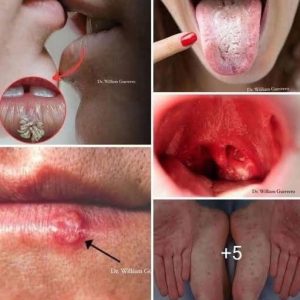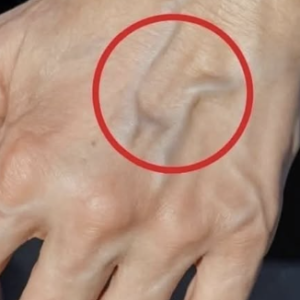An ingrown toenail happens when the nail’s edge grows into the surrounding skin, causing pain, redness, and swelling. If untreated, it can lead to infection. Mild cases can often be treated at home, but severe or recurring ones need medical care.
**Causes** include tight shoes, cutting nails too short or with rounded edges, toe injuries, naturally curved nails, and poor foot hygiene. **Signs** are tenderness along the nail edge, redness, swelling, warmth, and sometimes pus.
**Home treatments**: Soak the foot in warm water with Epsom salt for 15–20 minutes, 2–3 times daily, to soften the skin. After soaking, gently lift the nail edge and place a small piece of cotton or dental floss under it, changing it daily. Apply an over-the-counter antibiotic cream after each soak and cover with a clean bandage. Wear wide-toed shoes or open sandals to reduce pressure.
**Natural relief options** include tea tree oil for its antibacterial properties, diluted apple cider vinegar soaks to reduce bacteria and swelling, and aloe vera gel to soothe irritation.
**See a doctor** if pain worsens, there’s significant pus or spreading redness, or if you have diabetes, poor circulation, or recurring ingrown nails.





